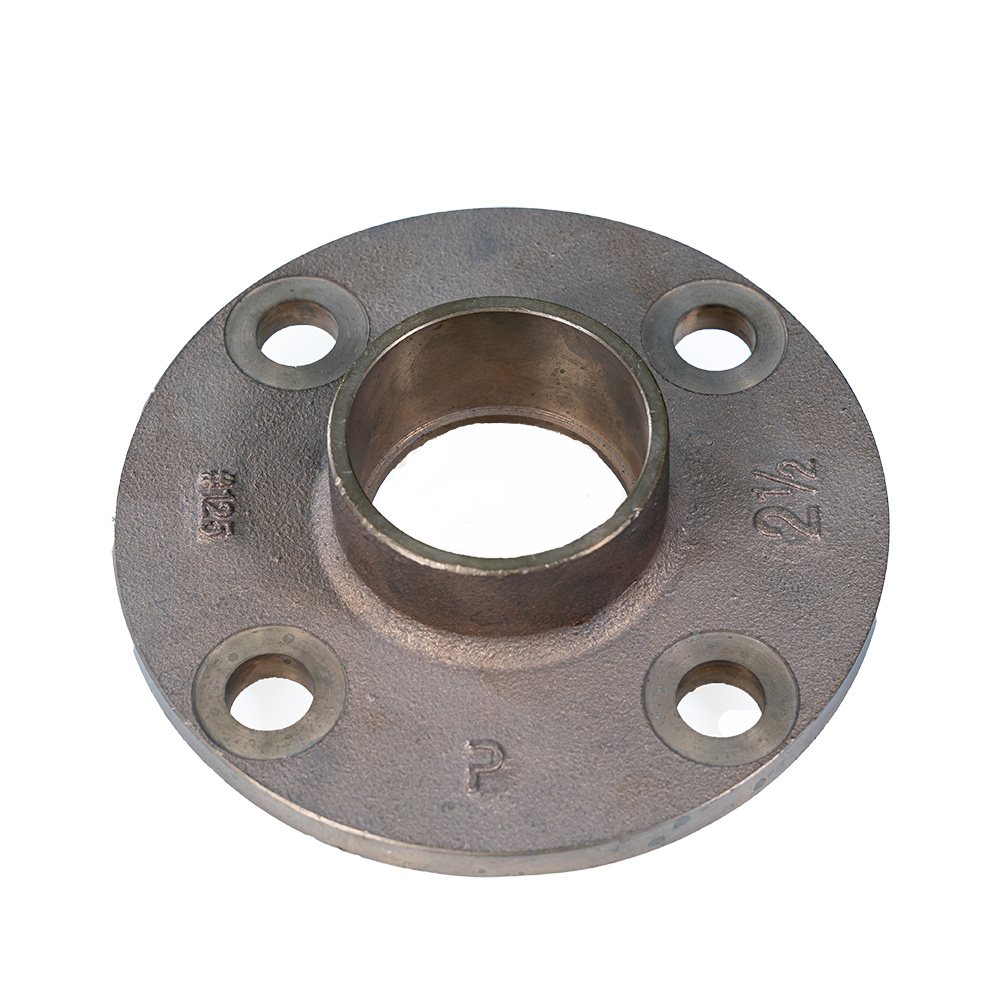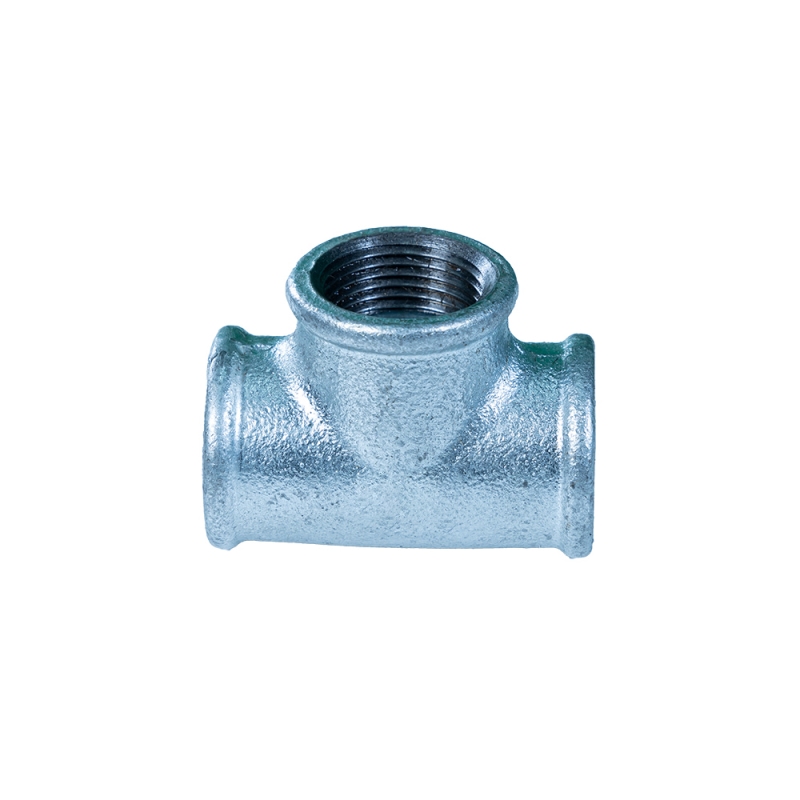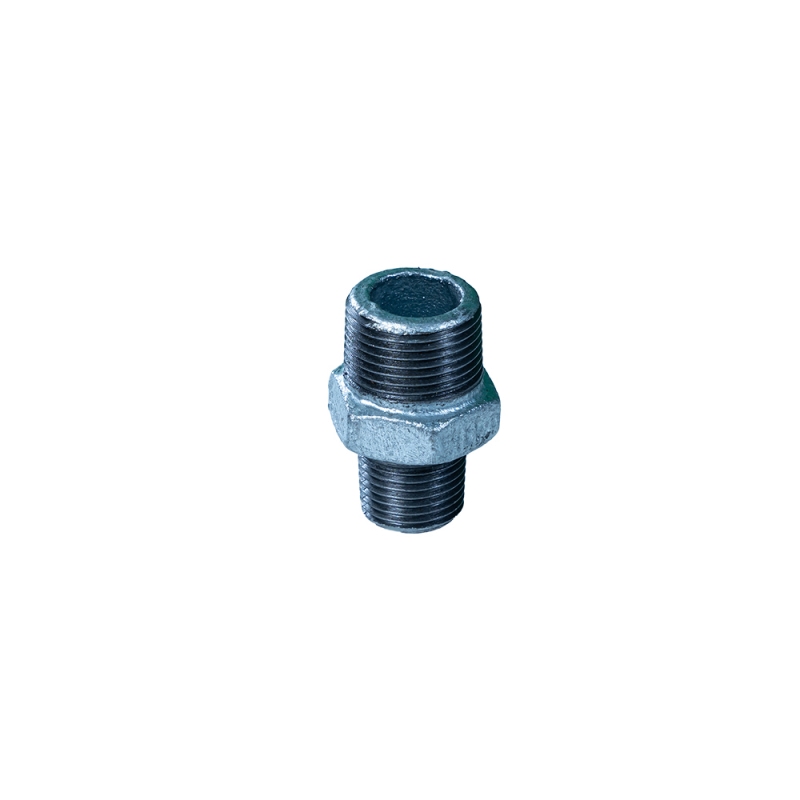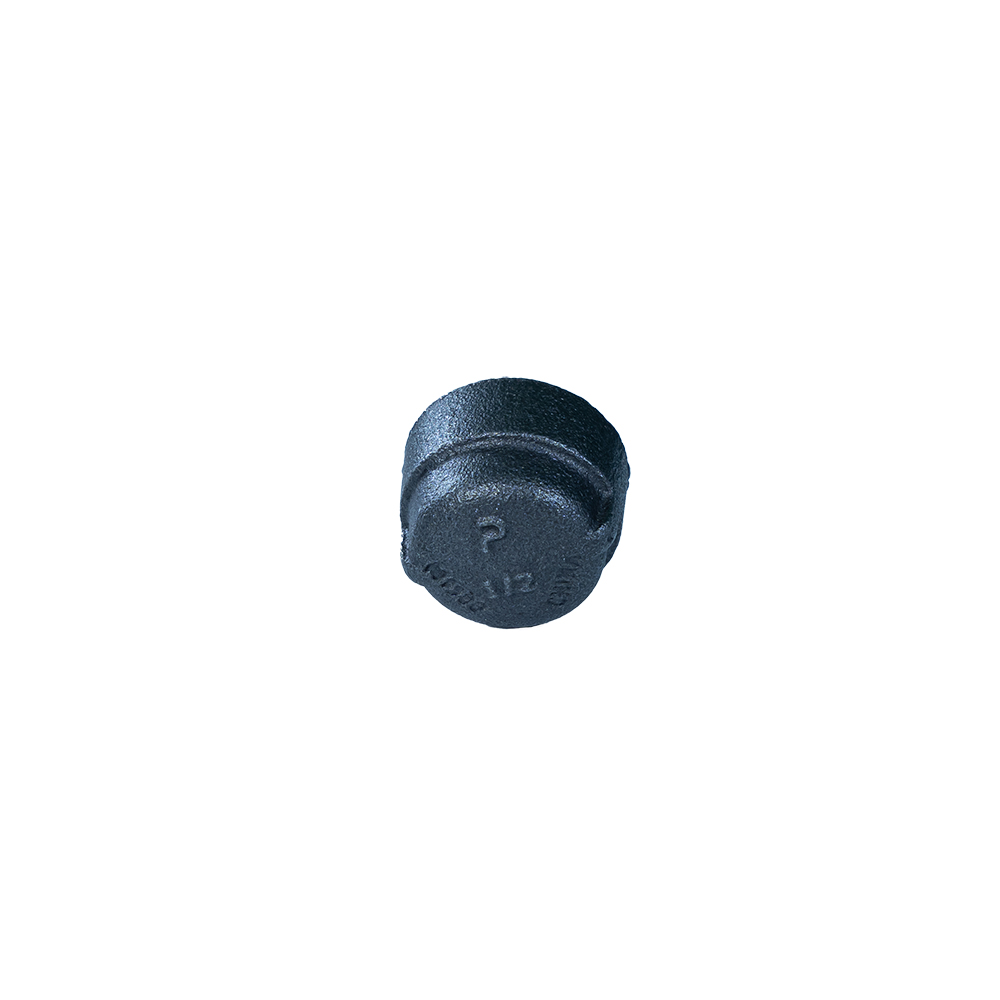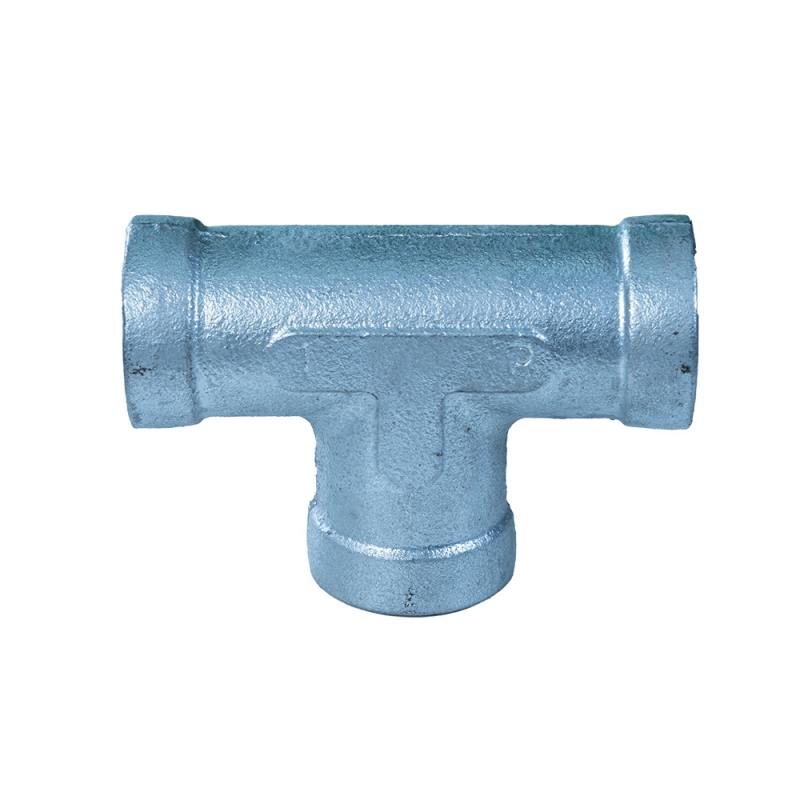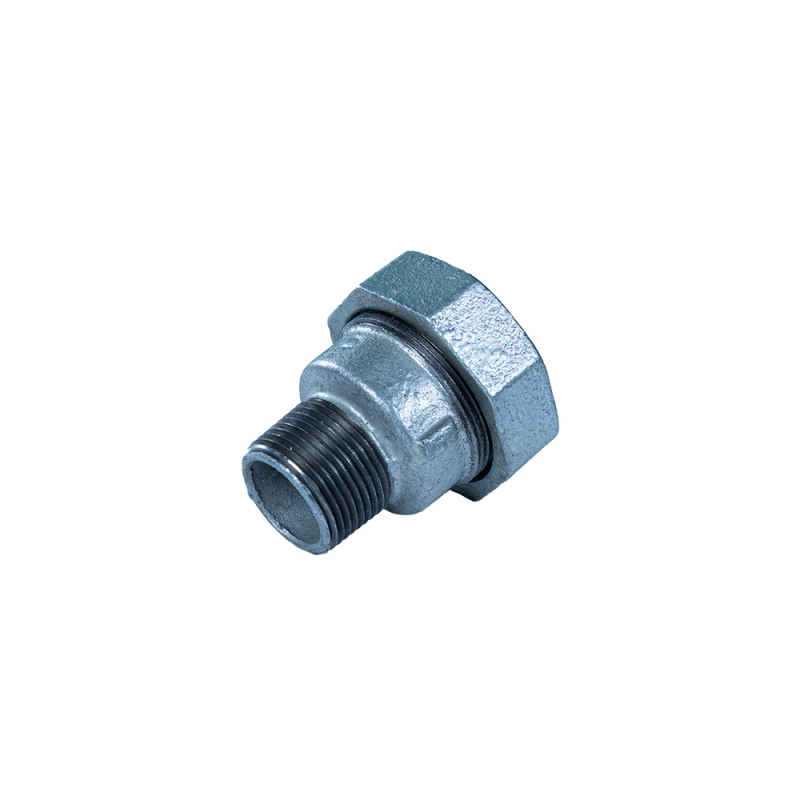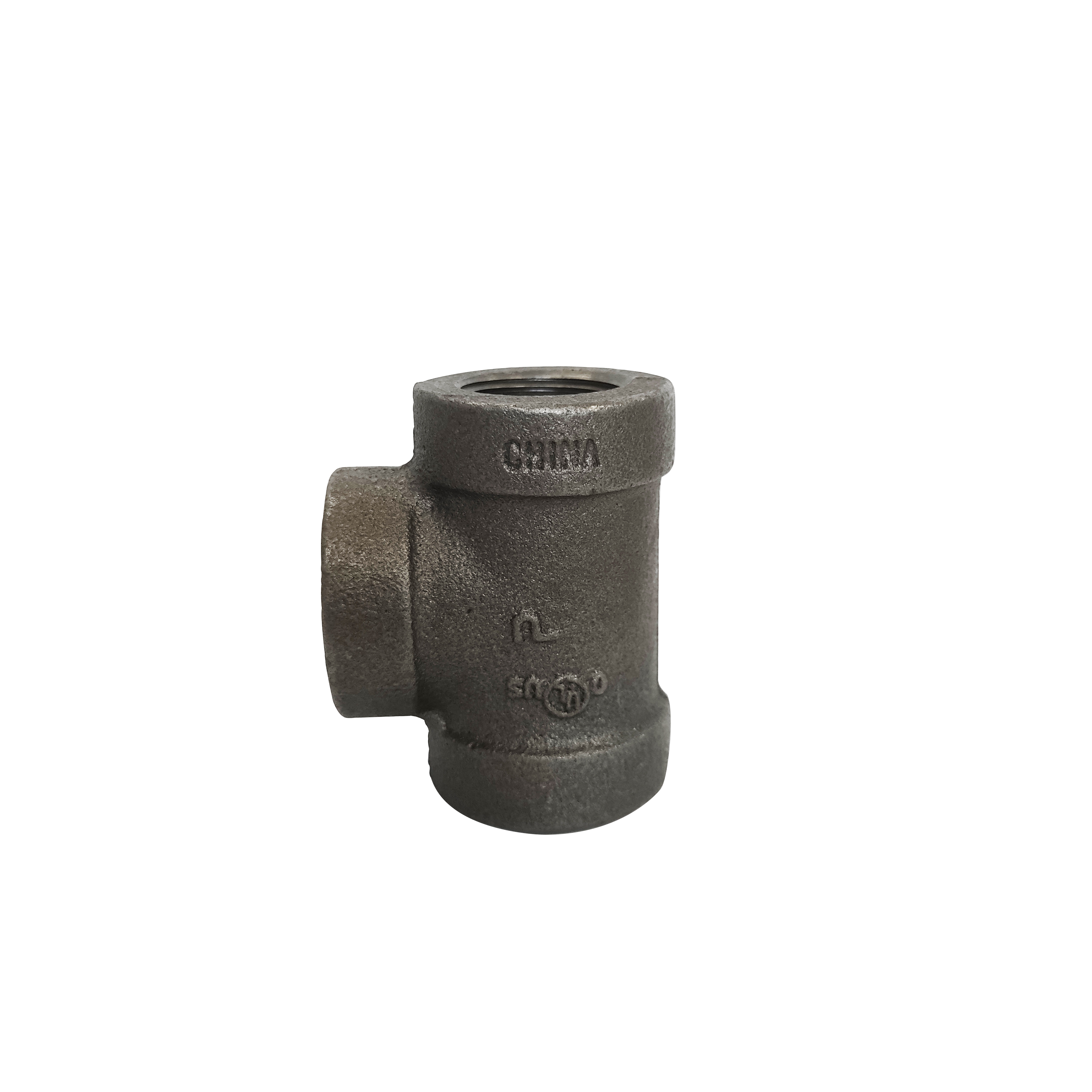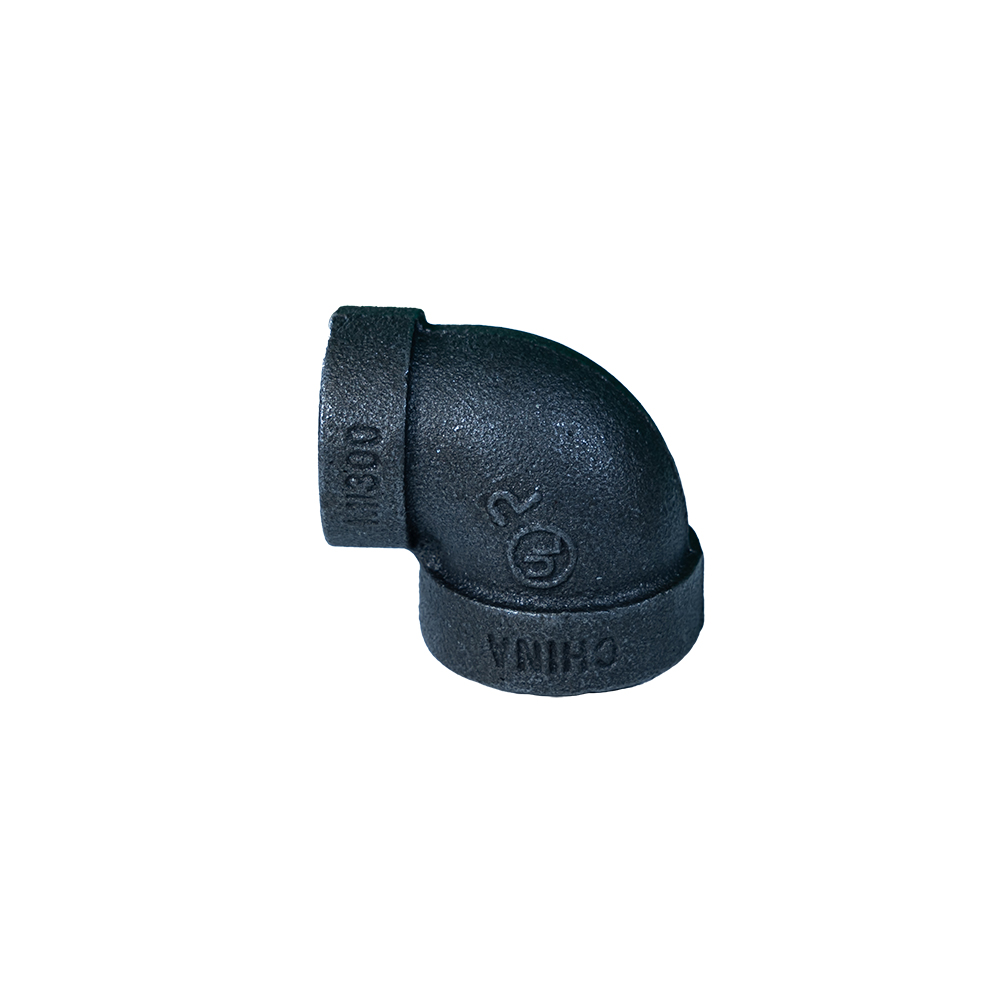Piping systems, whether in sprawling industrial complexes or compact residential setups, rely on a precise combination of components to function seamlessly. From the threads that ensure leak - proof connections to the fittings that guide the flow of fluids, each element plays a crucial role. But what exactly are these components, and how do they work together? Let's explore some essential aspects, including bspt thread standard, type of fittings, سوکت کاهنده, 45 degree elbows، و coupling piping.
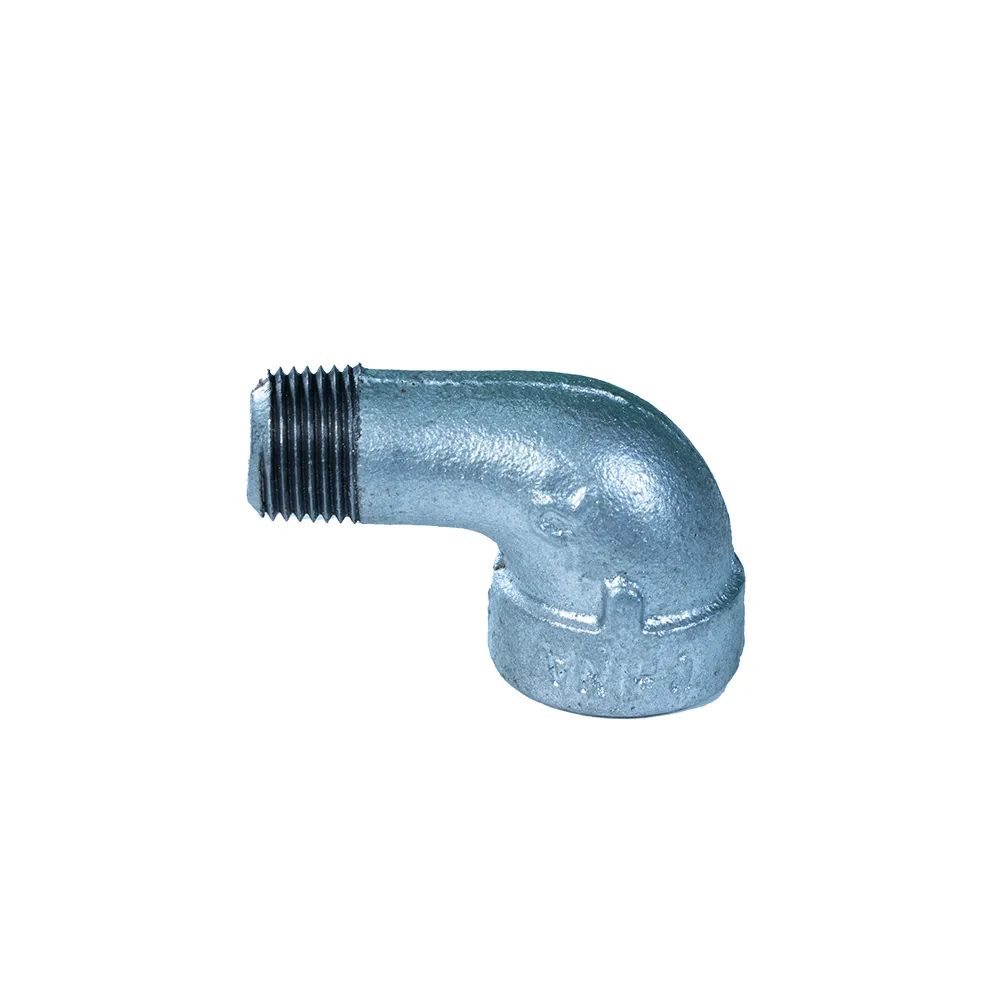
How Does the BSPT Thread Standard Ensure Secure Connections?
In the intricate world of piping, a reliable connection is the foundation of a functional system. The bspt thread standard, or British Standard Pipe Taper, offers a tried - tested solution for joining pipes and fittings. Unlike parallel threads, BSPT threads feature a taper, allowing them to create a tight seal as they are tightened. This design is especially crucial in applications where preventing leaks is paramount, such as in gas pipelines or high - pressure water systems. When two components with BSPT threads are joined, the tapered shape ensures that any slight imperfections are compensated for, resulting in a robust connection that can withstand the rigors of continuous use. But how do you know if a fitting adheres to the BSPT standard, and what are the best practices for installation?
What Varieties of Fittings Shape Piping Configurations?
The landscape of piping is filled with an array of type of fittings, each serving a distinct purpose. From simple connectors to complex adapters, these components determine how pipes are routed, branched, and redirected. Elbows, for instance, are essential for changing the direction of a pipe, while tees allow for the splitting of fluid flow. Crosses, on the other hand, enable more intricate branching, and caps are used to seal off the ends of pipes. Each type of fitting comes in different materials, sizes, and styles, catering to diverse applications. Whether it's a small - scale plumbing project at home or a large - scale industrial installation, choosing the right type of fitting is crucial for ensuring the efficiency and reliability of the piping system. But with so many options available, how do you select the perfect fitting for your needs?
When Should You Reach for a Reducer Socket?
In situations where pipes of different diameters need to be connected, the سوکت کاهنده steps in as a vital solution. This specialized fitting features two ends of varying sizes, allowing for a seamless transition between pipes. For example, in a plumbing system, a reducer socket might be used to connect a larger main water supply line to a smaller pipe leading to a specific fixture. Reducer sockets are available in different materials, such as brass, stainless steel, and PVC, to suit various environmental conditions and fluid types. They not only ensure a proper fit but also maintain the structural integrity of the connection, preventing leaks and disruptions in the flow. But what factors should you consider when choosing a reducer socket, and how do you install it correctly?
How Do 45 Degree Elbows Enhance Piping Efficiency?
When it comes to changing the direction of a pipe, 45 degree elbows offer a unique advantage over their 90 - degree counterparts. These fittings create a more gradual bend, reducing turbulence and minimizing pressure loss in the flow of fluids or gases. In HVAC systems, for example, 45 degree elbows are often used to direct air ducts around corners, ensuring smooth and efficient air distribution. In plumbing, they can be used to navigate pipes around obstacles without causing significant disruptions to the water flow. The gentle curve of a 45 degree elbow also helps prevent the buildup of sediment or debris, which can occur at sharper bends. But how do you incorporate 45 degree elbows into your piping design, and what are the best practices for installation?
Why Are Coupling Piping Components Indispensable?
Coupling piping components serve as the connectors that hold pipes together, providing a secure and often flexible link between two sections. Whether it's for joining pipes of the same size or different sizes, couplings come in various forms, including compression couplings, push - fit couplings, and threaded couplings. Compression couplings, for example, use a nut and ferrule system to create a tight seal, while push - fit couplings offer a quick and easy installation option. Threaded couplings, on the other hand, rely on the BSPT or other thread standards for a reliable connection. Couplings are essential in both permanent and temporary piping installations, allowing for easy maintenance, repairs, and modifications. But with so many types of couplings available, how do you choose the right one for your project?
Piping Components FAQs
How can I verify if a fitting follows the BSPT thread standard?
To verify if a fitting adheres to the BSPT thread standard, check for manufacturer markings or documentation that specify the thread type. You can also use a thread gauge designed for BSPT threads to measure the taper angle and thread pitch. Additionally, consult industry standards or reach out to suppliers for confirmation. If in doubt, it's advisable to choose fittings from reputable sources that guarantee compliance with the BSPT standard.
What factors should I consider when selecting a type of fitting?
When selecting a type of fitting, consider the application, such as the fluid or gas being transported, operating pressure, and temperature. Also, factor in the pipe material, size, and connection method (threaded, welded, etc.). For example, if you're working with high - pressure gas, you'll need a fitting that can withstand the pressure and prevent leaks. Aesthetic requirements and ease of installation may also play a role, especially in visible or accessible piping systems.
Can reducer sockets be used for any size difference between pipes?
Reducer sockets are designed to accommodate specific size differences between pipes. While they offer flexibility in connecting pipes of varying diameters, there are limits to the size ranges they can handle. It's important to choose a reducer socket that matches the exact or closest available size combination for your pipes. Using a reducer socket outside of its specified size range can lead to a poor fit, leaks, and potential damage to the piping system.
Do 45 degree elbows require any special installation considerations?
Yes, 45 degree elbows do require some special considerations during installation. Ensure that the elbows are properly aligned with the pipes to maintain a smooth flow path. When using threaded elbows, apply an appropriate thread sealant to prevent leaks. In systems with high - velocity fluids or gases, additional support or bracing may be needed to prevent vibrations or stress on the elbow joints. Always follow the manufacturer's installation instructions for the best results.
What maintenance is required for coupling piping components?
Regularly inspect coupling piping components for signs of leaks, corrosion, or loose connections. For compression couplings, check the tightness of the nuts periodically. In the case of push - fit couplings, ensure that the pipes are fully seated and there are no signs of dislodgement. If a coupling shows signs of wear or damage, replace it promptly to avoid potential failures. Additionally, keep the coupling area clean and free of debris to maintain optimal performance.
Post time: آگوست-26-2025


